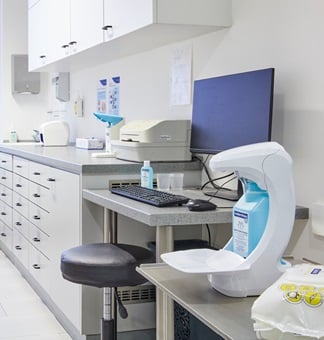Standard Precautions in Infection Control



Recent data show that up to 6.5% of hospitalised patients in Europe and the USA are affected by healthcare-associated infections (HAIs) [1-3], which can lead to prolonged hospitalisationand increased consumption of antibiotics [4]. While improving hand hygiene (HH) could reduce infection rates, HH assessment is time consuming and not always objective. Electronic tools can now be used to generate comprehensive and objective data. Therefore, a recent study investigated the site-specific use of wall-mounted and point-of-care dispensers using the electronic HH monitoring system NosoEx® on 17 wards in nine German hospitals [5].
The study anonymously recorded the rub volume of 931,446 hand disinfections and analysed the number and rub volume of wall-mounted and point-of-care dispensers by ward and room type. It was found that intensive care units (ICUs), intermediate care units (IMCs) and neurological wards had more dispensers than, for example, orthopaedic surgical wards, with wall-mounted dispensers dominating overall (see figure). In addition, ICUs and IMCs were well ahead with more than three dispensers per bed and more than 20 disinfections per patient day.

Interestingly, the study also showed that it is not just the number of dispensers that matters, but also where they are located and how they are used. For example, dispensers were more likely to be used in high-traffic areas such as hallways. It was also confirmed that hand disinfection is most reliable when there is a risk of exposure to infectious agents. Dispensers placed in patients' rooms were most commonly used on surgical wards, presumably because contact with open wounds is unavoidable. In addition, the highest volume of rub per disinfection (3.6 mL) was found in treatment rooms.

References